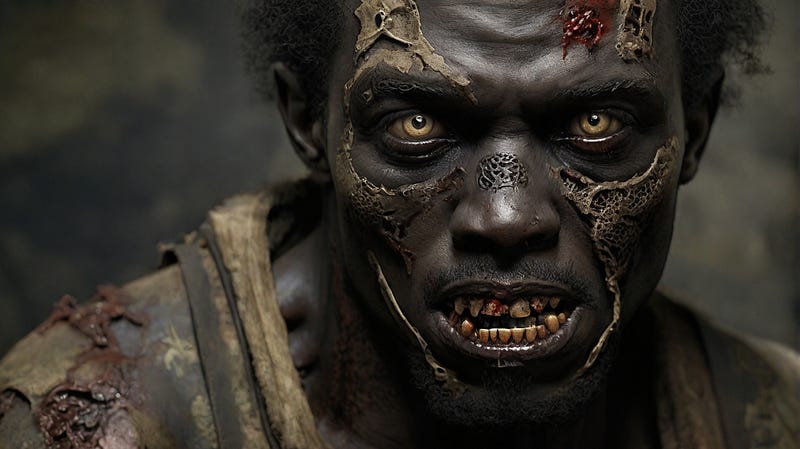The Curious Case of Clairvius Narcisse: Zombie or Not?
Written on
The Mysterious Return of Clairvius Narcisse
In 1980, a man appeared in the marketplace of L’Estère, a town situated in the Artibonite River valley of Haiti, who was unknown to the locals. This man was quickly recognized by a carpenter who recalled crafting a coffin for him eighteen years prior, in 1962. The man’s identity was soon confirmed as Clairvius Narcisse, born in 1922. He was known for owning fertile land in the valley but had resisted his family's attempts to convince him to sell.
Was Clairvius Narcisse Truly a Zombie, or Just a Hoax? #shorts #science #history #zombie #realstory
The Sudden Decline of Clairvius Narcisse
In April 1962, Clairvius experienced a sudden health crisis. Initially healthy, he suffered a rapid decline, leading to his admission to Albert Schweitzer Hospital in Deschapelles on April 30. Medical evaluations revealed alarming symptoms: lung swelling, weight loss, and severe hypothermia. Unfortunately, by May 2, the doctors pronounced him dead. The medical staff, experienced in their fields, prepared the necessary documentation, and his sister, unable to read or write, marked the death certificate with a fingerprint. The following day, Narcisse was laid to rest in Benetier cemetery.
Buried Alive: The Tale of a Zombie
Years later, Clairvius recounted his experience of being buried alive. “When they interred me here, I heard everything happening around me, but I was completely immobilized,” he later recalled. A nail had pierced his cheek during the entombment, leaving a permanent scar.
In the grave, he endured hours of silence until he was unexpectedly exhumed. After regaining consciousness, he was subjected to harsh treatment: whipped, bound, and transported to a plantation where he worked alongside others who had also been turned into zombies. This ordeal lasted two years until one day, a fellow captive revolted and killed their captor. Eventually, the widow of the sorcerer released them, and Clairvius found shelter at Asile Vincent in Cap-Haitien. Though he recovered, he lacked the courage to return home, wandering for years until he finally did, after the death of his brother, whom he believed had been responsible for his fate.
The Sensational Return from the Dead
Narcisse's return sparked international intrigue. He gave numerous interviews, and the BBC even produced a documentary detailing his story. Over time, he added various details to his narrative, leaving some to wonder whether he was recalling genuine memories or embellishing his tale.
Journalist Bernard Diederich, who had lived in Haiti for many years, learned about Clairvius from Dr. Lamarque Douyon, a prominent zombieologist. Douyon’s interest in the phenomenon began during his studies in Canada when he observed patients behaving like “puppets” under the influence of experimental drugs. In 1961, he commenced his research in Haiti and seemed to lend credibility to Clairvius’s claims, suspecting he had fallen victim to sorcery.
Clairvius’s experiences inspired filmmaker Wes Craven, leading to the production of the horror film “The Serpent and the Rainbow” in 1988. Clairvius Narcisse passed away in 1994.
Archaeological Discoveries in Italy
In San Giorgio Bigarello, Italy, archaeologists have recently unearthed a necropolis from the Copper Age, revealing ancient warriors and their burial practices.

Support for Content Creators
Dear readers, I want to address an important issue facing content creators on platforms like Medium.com. Often, the compensation for our work is minimal despite our dedication to producing valuable content. If you enjoy my articles, please consider supporting me through my “Buy Me a Coffee” page. Your contributions, no matter how small, can inspire me to continue creating engaging and thought-provoking material. Thank you for being part of this journey!

